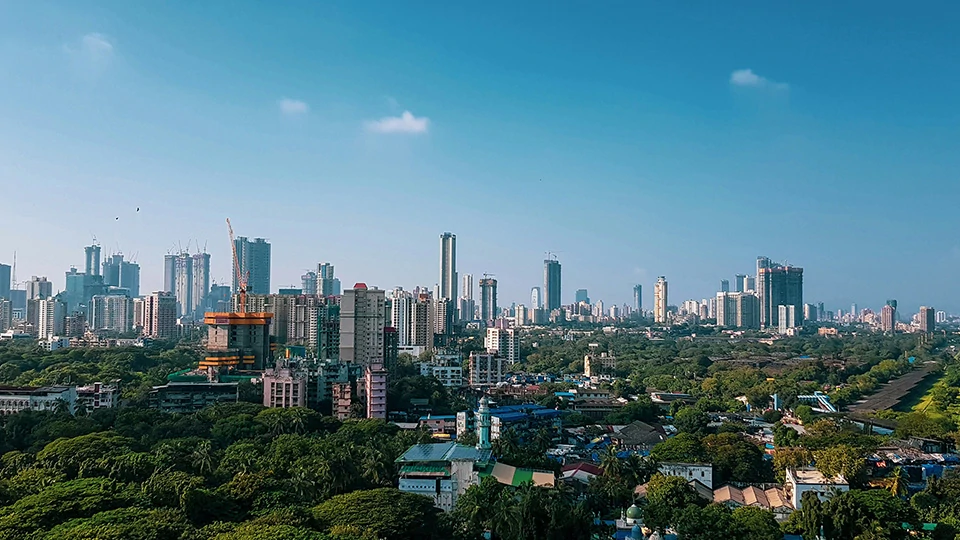Reflecting the needs of developing and least-developed countries in the global South, negotiations this year had climate finance front and centre, focusing on funding for adaptation and L&D. We have distilled a few key developments from COP27 below, outlining the progress we made as well as the challenges that remain.
Adaptation | Measures that address the impacts of climate change.
To provide an update on the global status and progress of the adaptation process across three elements, planning, financing, and implementation, the UNEP launched the Adaptation Gap Report 2022 at COP27. This report suggests that adapting to the climate crisis could cost developing countries anywhere from USD 160–340 billion annually by 2030. This number could rise to over USD 565 billion by 2050 if climate change accelerates. As a start, the Adaptation Fund received over USD 230 million in 2022 for the most climate vulnerable countries from states and development agencies.
The Sharm-El-Sheikh Implementation Plan recognises the urgency of this report, calling for developed countries to scale up their provision of climate finance, technology transfer, and capacity building to support developing countries’ adaptation needs.
Going forward, countries must focus on both mitigation and adaptation actions to address climate impacts. This is particularly relevant, given prominent scientists’ warning that the potential to adapt to climate change is not limitless. Investing in mitigation could be a way to reduce the need to invest in adaptation and resilience.
Mitigation | Reducing emissions that cause climate change.
The UNEP Emissions Gap Report 2022 provides an updated assessment of the gap between our current predicted trajectory of global GHG emissions and where we need to be in 2030.
As a reminder, the Implementation Plan reiterates that limiting global warming to 1.5°C above pre-industrial levels requires “rapid, deep and sustained reductions in greenhouse gas emissions of 43% by 2030 relative to the 2019 level”.
Yet, there is concern that COP27 did not raise ambition for cutting fossil fuel emissions, making no real progress since COP26. For example, the Implementation Plan does not address India’s call to phase out all fossil fuels, including gas and oil, due to the ongoing energy crisis in different parts of the world — aggravated by Russia’s war on Ukraine, effects of the COVID-19 pandemic, and rising gas prices. As India has publicly stated, a just energy transition must recognise the significance of low-carbon development, over decarbonisation, and independence in our choice of energy mix.

Photo credits: Saravanan Dhandapani

Photo credits: Saravanan Dhandapani.
Loss & Damage | Compensating poor and developing countries for the impacts of warming caused by high-emitting countries.
Complementing progress in adaptation negotiations, COP27 ended with a historic announcement for the establishment of a Loss & Damage fund (LDF), to address climate impacts in developing countries.
Further, as one-third of the world, including 60% of Africa, does not have access to early warning and climate information services, a USD 3.1 billion plan was announced to ensure everyone is protected by early warning systems in the next 5 years. This WMO-UN plan recognises the need for a robust global climate observing system, and how this can improve our understanding of climate-related risks, tipping points and adaptation limits.
Just Transition | Ensuring that low-carbon transitions are inclusive.
India submitted its Long-Term Low-Carbon Development Strategy, which notes, among other things, that “financing a just transition will require supporting social and physical infrastructure, ecological restoration of affected areas, building capabilities of communities, and to seed new livelihood generating activities.” This development is particularly relevant in context of the G7’s USD 20 billion financing deal to speed up Indonesia’s transition from

Photo credits: Saravanan Dhandapani.
fossil fuels to renewable energy, and the G7’s declaration of support in June 2022 for India’s just energy transition.
The European Union and the ILO launched the first ever Just Transition Pavilion at COP27, where speakers took stock of just transition commitments and measures globally. This Pavilion will build on key strategies and instruments, including the ILO’s guidelines, towards the Paris Agreement’s imperative of a just transition.
COP27 also recognised that, apart from expanding energy access and sustaining fiscal stability, developing countries are facing newer transition risks, such as stranded assets and negative spill-over effects from climate action in advanced economies. Several high-level events were held touching upon the finance, technology and capacity required by emerging economies to transition.
Now almost halfway between the Paris Agreement and the 2030 deadline to limit global warming to 1.5°C over pre-industrial levels, we have “much homework and little time”. As UN Secretary General António Guterres rightly concluded at COP27, the world needs to take a giant leap on climate ambition.

Subscribe to our Newsletter
Join ICC's monthly newsletter and read more about uplifting climate narratives, innovative solutions, and other updates.




